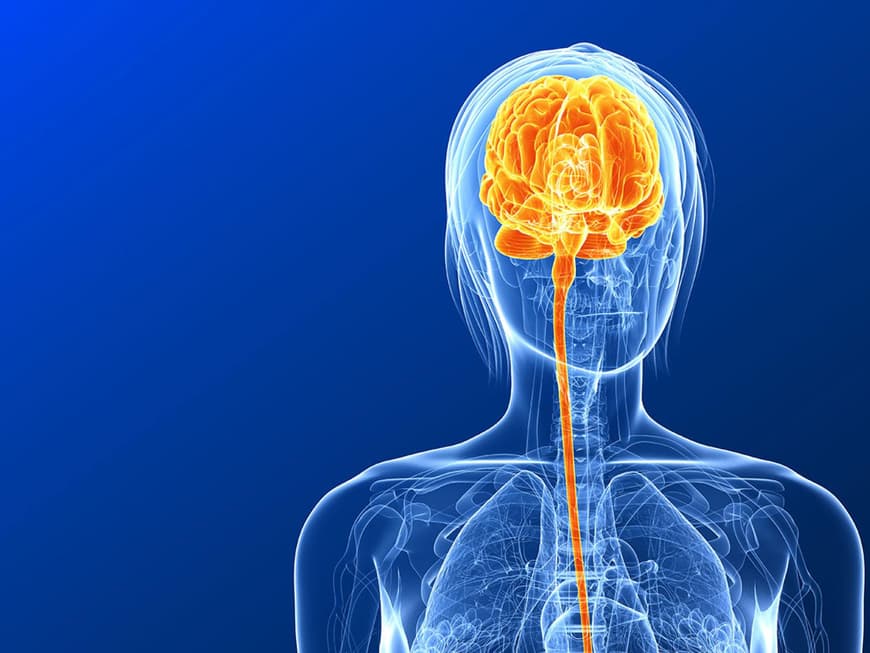
You become infected via droplets when coughing, sneezing or speaking. However, many people already carry the pathogen in their throat, nose and throat - but they do not become ill. The pathogens lie dormant, so to speak, waiting for their opportunity to become a pneumococcal infection.
How do you get a pneumococcal infection?
Pneumococcal infection occurs when the immune system is weakened, for example due to a cold. The bacteria then have an easy time of it: inflammation of the lungs, heart muscle, meninges or blood poisoning can be the result.
Symptoms and treatment
Diffuse symptoms of a pneumococcal infection include aching limbs like the flu, stitches in the chest and shortness of breath. Those affected must be treated as early as possible, as the risk of death increases rapidly. The bacteria are diagnosed by taking a swab from the mouth and treated with antibiotics. There is a vaccination against pneumococci, which is recommended for infants and the elderly.
